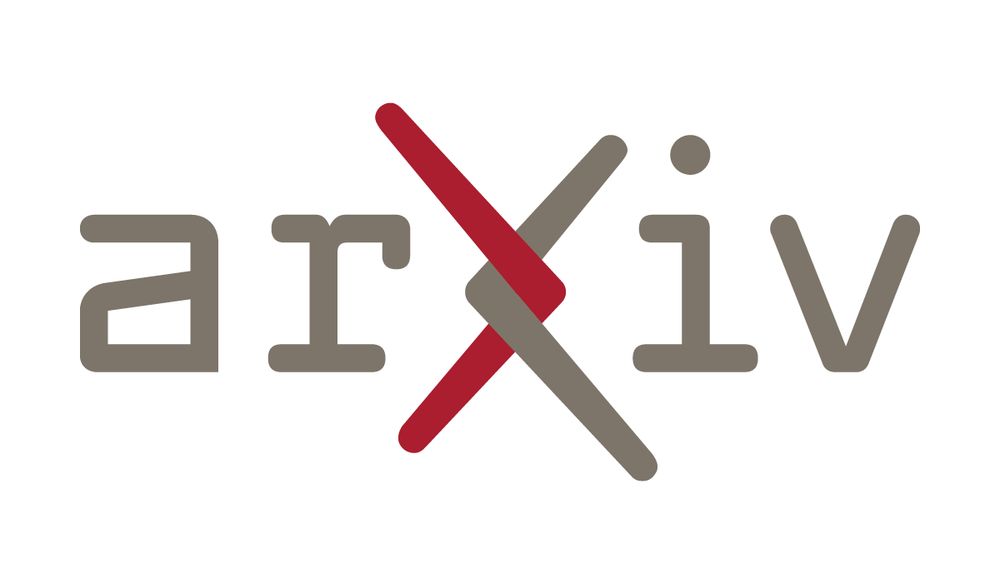
https://www.chloemessdaghi.com
1. The data it was trained and evaluated on
2. The source code
3. The model architecture
4. The model weights
Without all four, transparency and reproducibility are incomplete.
We’ll be diving into practical insights, real-world experiences, and emerging trends to address the full spectrum of AI security.
✨ Save your free spot here: bit.ly/4nEWzgj

We’ll be diving into practical insights, real-world experiences, and emerging trends to address the full spectrum of AI security.
✨ Save your free spot here: bit.ly/4nEWzgj
Read more: dl.acm.org/doi/10.1145/...
#PromptInjection #Cybersecurity #AIsecurity
Read more: dl.acm.org/doi/10.1145/...
#PromptInjection #Cybersecurity #AIsecurity
Read more: dl.acm.org/doi/10.1145/...
#AIsecurity #SideChannel #LLM
Read more: dl.acm.org/doi/10.1145/...
#AIsecurity #SideChannel #LLM
Shows gains in math, code, and multimodal reasoning—all built from the ground up. Worth a look if RL‑based LLMs are on your radar.
🔗 arxiv.org/abs/2506.10910

Shows gains in math, code, and multimodal reasoning—all built from the ground up. Worth a look if RL‑based LLMs are on your radar.
🔗 arxiv.org/abs/2506.10910
🔗 brookings.edu/articles/attacks-on-research-and-development-could-hamper-technological-innovation/
#TechPolicy #AI

🔗 brookings.edu/articles/attacks-on-research-and-development-could-hamper-technological-innovation/
#TechPolicy #AI
Read more: arxiv.org/abs/2506.07888
#AISecurity #DataProtection

Read more: arxiv.org/abs/2506.07888
#AISecurity #DataProtection
Read more: arxiv.org/abs/2506.08693
#AIResearch #ResponsibleAI

Read more: arxiv.org/abs/2506.08693
#AIResearch #ResponsibleAI
Read more: arxiv.org/abs/2410.16222
#JailbreakDetection

Read more: arxiv.org/abs/2410.16222
#JailbreakDetection
Read more: www.technologyreview.com/2025/06/18/1...
#Bias #OpenAI

Read more: www.technologyreview.com/2025/06/18/1...
#Bias #OpenAI
Read more: arxiv.org/abs/2506.02548
#CyberSecurity #vulnerabilityresearch

Read more: arxiv.org/abs/2506.02548
#CyberSecurity #vulnerabilityresearch
www.iaps.ai/research/ai-...
#AISafety #EmergingTech #ResearchPriorities

www.iaps.ai/research/ai-...
#AISafety #EmergingTech #ResearchPriorities
hai.stanford.edu/policy/clean...
#LegalTech #AI

hai.stanford.edu/policy/clean...
#LegalTech #AI
1. The datasets for training and testing
2. The source code
3. The model's architecture
4. The parameters of the model.
Without these, transparency and replicating outcomes are lacking.
#OpenSourceAI #Transparency
1. The datasets for training and testing
2. The source code
3. The model's architecture
4. The parameters of the model.
Without these, transparency and replicating outcomes are lacking.
#OpenSourceAI #Transparency
For more details, check out the study at www.arxiv.org/abs/2505.23836.
#AI #LanguageModels #Research

For more details, check out the study at www.arxiv.org/abs/2505.23836.
#AI #LanguageModels #Research
arxiv.org/abs/2506.020...

arxiv.org/abs/2506.020...
arxiv.org/abs/2402.07350

arxiv.org/abs/2402.07350
anonymous.4open.science/r/CTRAP/READ...

anonymous.4open.science/r/CTRAP/READ...
#AIEthics #AIPersuasion

#AIEthics #AIPersuasion
#AIRegulation #GlobalPolicy

#AIRegulation #GlobalPolicy
arxiv.org/abs/2505.06120
#AI #MachineLearning

arxiv.org/abs/2505.06120
#AI #MachineLearning
For more details, visit: arxiv.org/abs/2504.15777
#AI #Innovation #MachineLearning

For more details, visit: arxiv.org/abs/2504.15777
#AI #Innovation #MachineLearning
arxiv.org/abs/2505.09843

arxiv.org/abs/2505.09843
🔗 arxiv.org/abs/2505.08255
#AI #Deepfakes #CyberSecurity

🔗 arxiv.org/abs/2505.08255
#AI #Deepfakes #CyberSecurity
arxiv.org/abs/2505.18893

arxiv.org/abs/2505.18893
www.technologyreview.com/supertopic/a...

www.technologyreview.com/supertopic/a...

